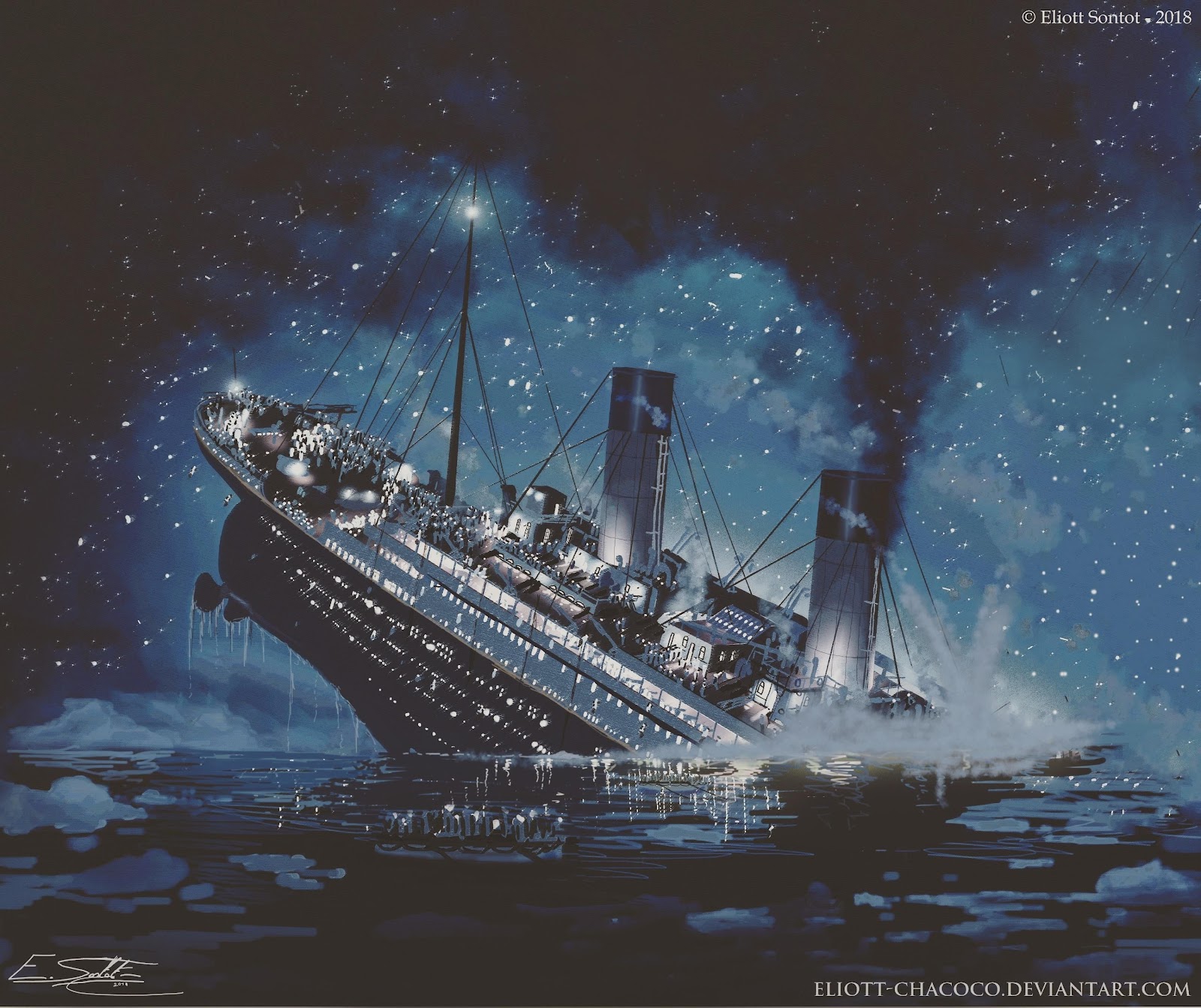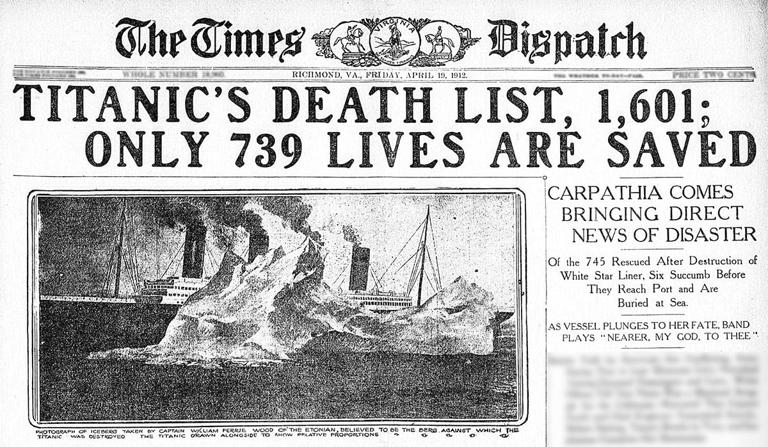1. The Creation of the Titanic
-
Built by: Harland and Wolff shipyard in Belfast, Northern Ireland.
-
Owned by: White Star Line.
-
Design and size: At the time of its construction, the Titanic was the largest moving man-made object in the world. It was about 882 feet (269 meters) long, 92 feet (28 meters) wide, and weighed approximately 46,328 tons.
-
Purpose: The ship was designed to be the epitome of luxury and comfort, offering transatlantic travel between Europe and North America, particularly between Southampton (UK), New York City, and other ports.
2. The Maiden Voyage
-
Date of Departure: The Titanic set off on its maiden voyage from Southampton, England, on April 10, 1912. The journey was supposed to be a simple transatlantic crossing to New York City.
-
Key Stops: After leaving Southampton, the ship made stops in Cherbourg, France, and Queenstown (now Cobh), Ireland, before heading across the Atlantic.
3. The Sinking
-
Date: The Titanic sank on the night of April 14-15, 1912, after hitting an iceberg at about 11:40 PM (ship's time).
-
Location: The ship was about 370 miles (600 km) south of Newfoundland, Canada, in the North Atlantic Ocean.
-
Impact: The iceberg caused a rupture in the ship's hull, flooding six of the Titanic's 16 watertight compartments. Despite the ship being advertised as "unsinkable," it was doomed due to the extent of the damage.
4. The Aftermath
-
Casualties: Of the approximately 2,224 people on board, over 1,500 died. This includes passengers and crew members, with many of the casualties occurring in the freezing waters of the Atlantic.
-
Survival Rates: The survival rate was particularly low for third-class passengers, and the disaster highlighted issues of class disparity during the time. Many lifeboats were launched only half-filled due to a lack of proper evacuation protocols.
5. The Legacy
-
Lifeboat Laws: After the sinking, international maritime laws were revised to ensure that every ship had enough lifeboats for all passengers, as well as improved safety protocols and better training for crew members.
-
Cultural Impact: The Titanic's story has captured the public's imagination ever since the sinking. Numerous books, films, and documentaries have been made about the disaster, with the 1997 film Titanic, directed by James Cameron, becoming one of the highest-grossing films of all time.
-
Discovery of the Wreck: In 1985, the wreck of the Titanic was discovered by an expedition led by Robert Ballard, about 12,500 feet (3,800 meters) below the surface. The discovery provided a wealth of new information about the sinking and helped spark renewed interest in the tragedy.
6. Conspiracy Theories
Some conspiracy theories about the Titanic have emerged over the years, including claims that the ship was deliberately sunk for insurance purposes or that the ship that sank wasn't the Titanic, but her sister ship, Olympic. These theories have been debunked by historians, but they continue to circulate.
Interesting Facts:
-
The Titanic had four funnels, but only three were functional. The fourth was largely decorative and added to the ship's grand appearance.
-
There were many notable people on board, including the wealthy industrialist John Jacob Astor IV and Isidor Straus, the co-owner of Macy's department store, both of whom died in the sinking.
-
The Titanic was equipped with Marconi wireless telegraphy (radio), which helped to send distress signals after the ship struck the iceberg.










